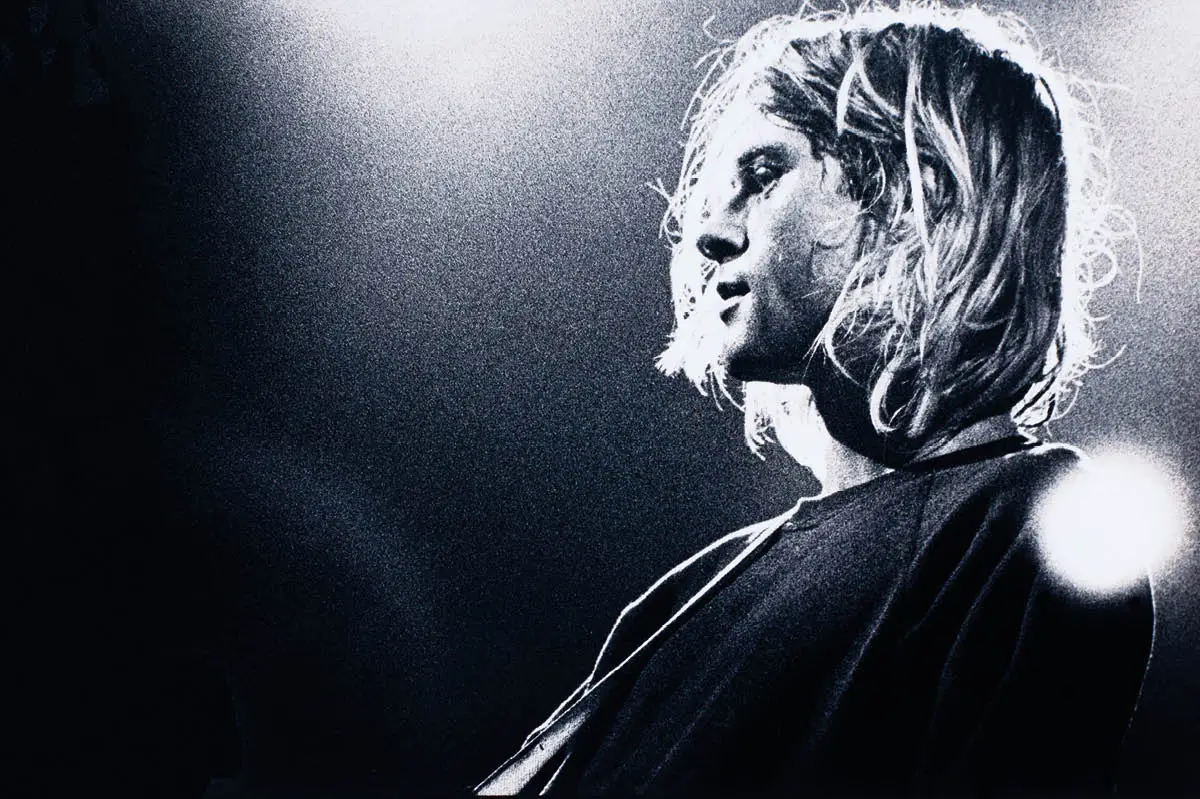The other week someone posted on Twitter a link to a YouTube clip titled ‘Family Lotus and D.J. Cookin’ at the Golden Inn, July 4 1981’. It showed a bunch of long-haired people on a makeshift stage in the New Mexico desert and a handful of people dancing around in the dust to the music, which was a weird, trippy, hyper-freaky form of electrified banjo music: ‘psychedelic bluegrass’, apparently. Watching the stream of the Tuareg guitarist Mdou Moctar was an unnervingly similar experience: he and his three-piece backing band were set up in the dust outside a friend’s house, watched by whoever came along. And Moctar’s guitar playing — blurrily deft repeating patterns — was deeply reminiscent of the banjo playing in the YouTube clip.
Moctar has spoken of how he knows little of the Anglophone rock tradition. But that hasn’t stopped him being compared to Eddie Van Halen and, inevitably, to Jimi Hendrix, and the adjective ‘psychedelic’ is frequently applied to his music. It’s easy to see why: the Western Saharan ‘desert blues’ tradition of which he is part — electric guitar music, played with the attack of rock bands, and swirling and droning in a way that is very familiar to those with paisley in their wardrobes — has a lot in common with music that declares itself psychedelic. It’s easy for ears attuned to alternative rock to get a handle on.
There was one substantial difference from the guitar heroes of rock’n’roll, though. Moctar, while a hypnotically virtuoso player, did not engage in their histrionics: no gurning, no posing, and no pointless solos. He was unmistakably playing lead guitar — Ahmoudou Madassane, on rhythm, often had little more to do than to repeat a chord in the background — but his playing was about supplying the melody, not the flash, and those melodies were intricate and precise. If you were looking for a comparison from the rock world, I’d offer you Peter Buck in the early days of REM or Johnny Marr with the Smiths.
The introductory screen text for the performance explained that what had been intended to be a single performance ended up being three on consecutive nights, and that kids came from all around, attracted by the noise. I was skeptical about that: kids? Really? But a substantial part of the crowd that gathered really was actual kids. And at the start of the final song, ‘Chet Boghassa’, they ran to the empty space in front of the band and danced in the way that only kids do: unselfconsciously and with giddy abandon. It was a joyful end to a brilliant performance.
Psychedelia of a more conventional kind came from Tame Impala, the Australian multi-instrumentalist Kevin Parker, who only started working under the Tame Impala name when he realized that looking as if he were really a band made life easier. For live purposes he does employ an actual band, and for this 10th anniversary revisiting of the first Tame Impala record, they were set up in Parker’s beachfront studio in Western Australia as the sun set behind them over the Indian Ocean. Tell you what, I’d be happy being a studio whizz if that’s where my studio was.
In the years after Innerspeaker (2010), Parker developed a take on psychedelia that was distinctly modern — mixed with electronics, and based on the idea that ‘mind altering’ could be a precept, rather than about getting a Vox wah wah pedal and a Hofner bass. Innerspeaker, though, was the record he made when he was still audibly in debt to the past, still flanging his guitar parts and summoning old heroes (I recall seeing a London club show just after it came out, and thinking that — shorn of the studio trickery — he had located the point at which psychedelia was starting to tip over into heavy rock so precisely that some music historian could probably apply an actual date to it).
The surprise was how well it all stood up. I’m not sure I have listened to Innerspeaker since its release, but the songs were instantly familiar: the fabulous spiral riff of ‘Desire Be, Desire Go’, with its perfectly, deliciously degraded guitar tone; the beatific tripped-out Motown of ‘Why Won’t You Make Up Your Mind?’. When the album was released, you couldn’t move for this kind of stuff, which perhaps made it stand out less than it deserved; a decade on, with the also-rans long forgotten, its quality was evident. The performance didn’t have the transporting quality of Moctar, and the pointlessness or otherwise of playing an old album straight through is a matter of debate, but it left you in no doubt as to why Tame Impala ended up in arenas and the Horrors didn’t.
This article was originally published in The Spectator’s UK magazine. Subscribe to the World edition here.























